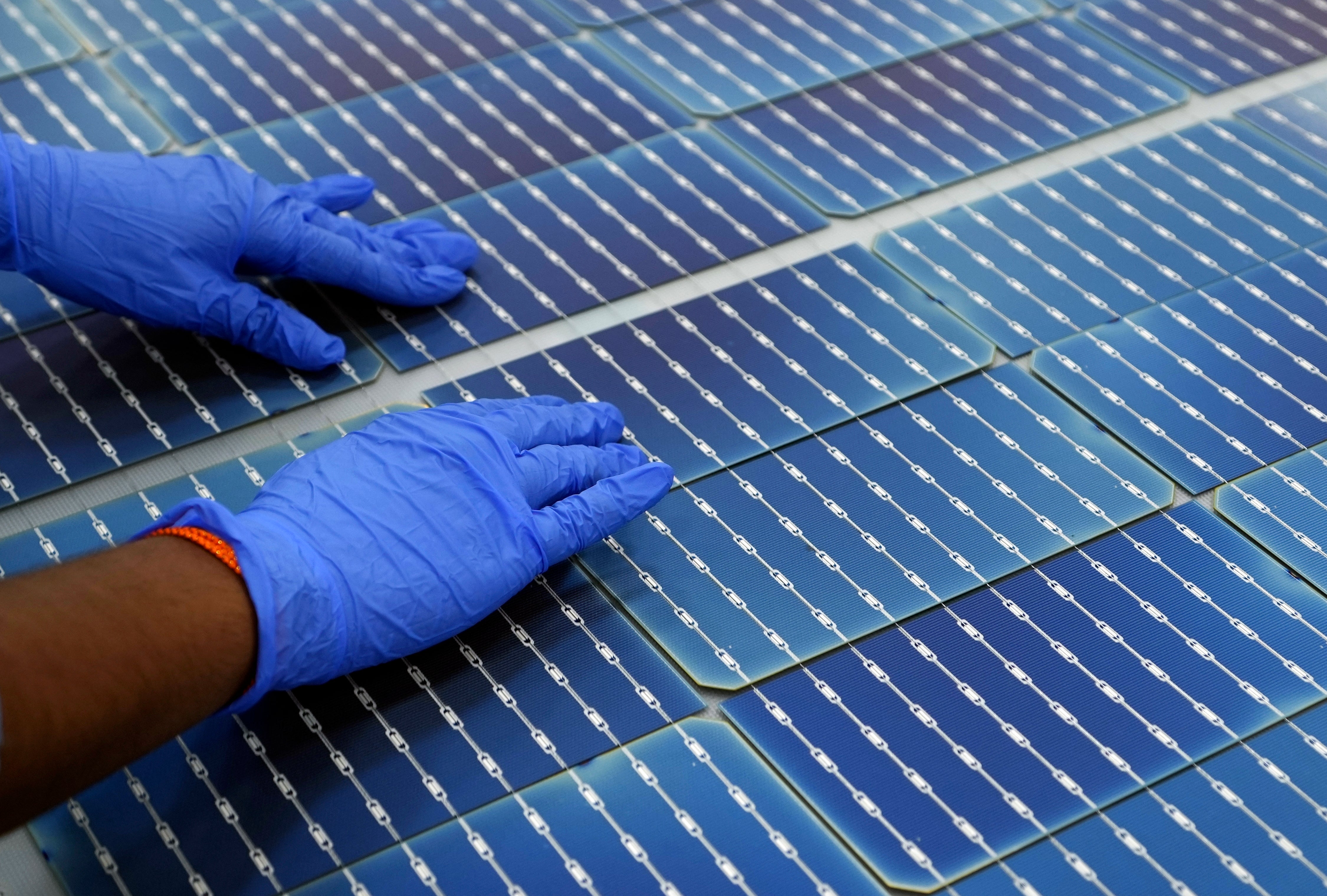The Independent's journalism is supported by our readers. When you purchase through links on our site, we may earn commission.
Solar breakthrough paves way for first ‘miracle material’ panels
Perovskite is vastly more efficient than silicon at absorbing sunlight, but until now has been too unstable for commercial use

Scientists have made a discovery that could finally realise the practical potential of the so-called miracle material perovskite for solar cells.
A team from North Carolina State University said the findings pave the way for a new generation of ultra-efficient solar panels that are also lighter and more flexible than current technologies.
Perovskite has been hailed for its promise to transform everything from high-speed communications to renewable energy technologies. Its unusual properties could vastly improve the efficiency of solar energy harvesting compared to traditional silicon-based cells, however until now researchers have been unable to realise this outside of a lab.
“The opens the door to a host of new technologies, such as flexible, lightweight solar cells, or layered solar cells – known as tandems – that can be far more efficient than the solar harvesting technology used today in so-called solar farms,” said Aram Amassian, a professor of materials science and engineering at North Carolina State University, who was involved in the discovery.
“There’s interest in integrating perovskite materials into silicon solar cell technologies, which would improve their efficiency from 25 per cent to 40 per cent while also making use of existing infrastructure.”
Despite being better at absorbing light than silicon, perovskite has proved too unstable to use within commercial solar cells.
The breakthrough centres on the way ions are channelled into defined pathways in perovskite materials in order to improve their stability and operational performance.
“We have not found a way to prevent ions from moving through perovskite materials, but we have found that it is possible to steer these ions into a safe conduit that does not impair the material’s structural integrity or performance,” said Professor Amassian. “It’s a big step forward.”
A paper detailing the research, titled ‘A multiscale ion diffusion framework sheds light on the diffusion-stability-hysteresis nexus in metal halide perovskites’, was published in the scientific journal Nature Materials on Monday.
Subscribe to Independent Premium to bookmark this article
Want to bookmark your favourite articles and stories to read or reference later? Start your Independent Premium subscription today.

Join our commenting forum
Join thought-provoking conversations, follow other Independent readers and see their replies